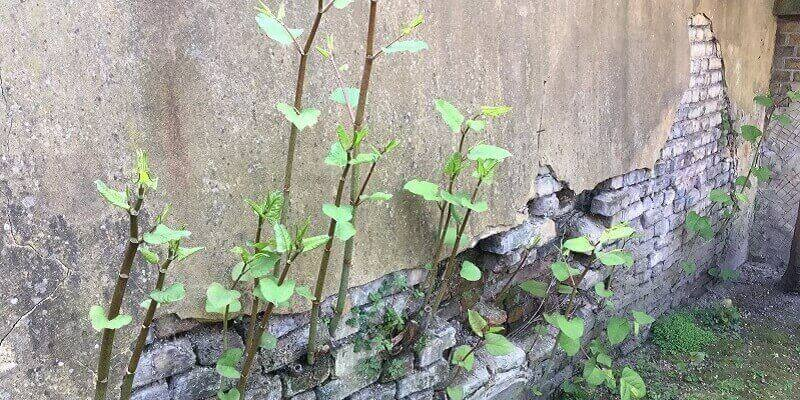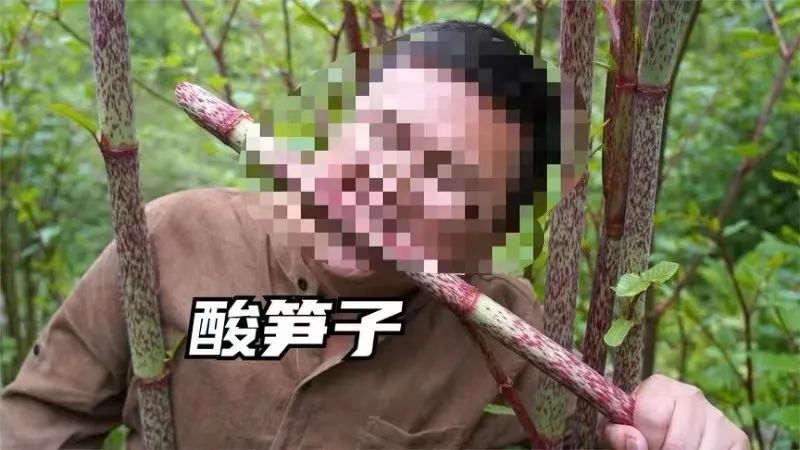"Informed AI News" is an publications aggregation platform, ensuring you only gain the most valuable information, to eliminate information asymmetry and break through the limits of information cocoons. Find out more >>
Japanese knotweed invasion in the United States leads to falling house prices, but in China it becomes a delicious ingredient.
- summary
- score



Huzhang, a decorative plant originating from Japan, was introduced to the United States in the late 19th century and became popular due to its vigorous growth. However, its invasive root system quickly spread, penetrating the ground and building foundations, becoming a challenging invasive species to eradicate. In 42 U.S. states, huzhang disrupts ecosystems, leading to a decline in property values, such as a 10% drop in home prices in certain communities in New York State.
In the UK, huzhang poses similarly severe problems, causing annual property value losses of up to £2 billion and removal costs of approximately £166 million. Its roots penetrate several meters underground and spread laterally up to 7 meters, and even if the plant is cut down, the roots can regenerate.
In East Asia, particularly in China, huzhang does not cause similar destruction. The local ecosystem coexists with huzhang, and herbivores and microorganisms control its spread. In China, huzhang is even regarded as a medicinal plant and a delicious food ingredient. Its tender stems are rich in fiber and vitamin C and can be served cold, pickled, or stir-fried.
| Scores | Value | Explanation |
|---|---|---|
| Objectivity | 5 | 内容较为客观,��平衡了不同观点的报道。 |
| Social Impact | 4 | 内容引发强烈社会讨论,影响部分公众意见。 |
| Credibility | 5 | 内容完全可信,证据充分,来源权威。 |
| Potential | 5 | 内容具有很高潜力,几乎必然触发更大事件。 |
| Practicality | 4 | 内容高度实用,可直接应用于实际问题。 |
| Entertainment Value | 3 | 内容有一定娱乐价值,能吸引部分观众。 |